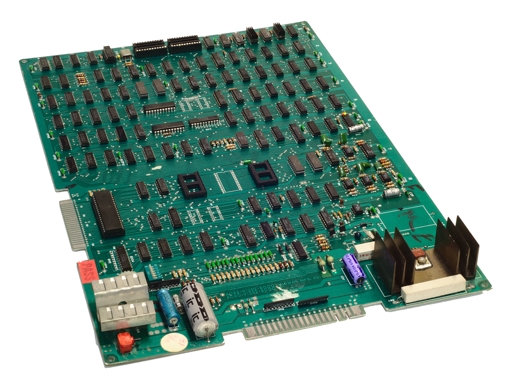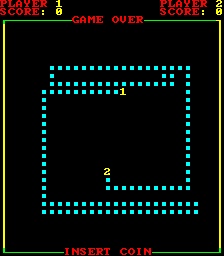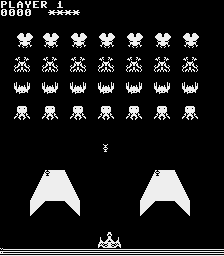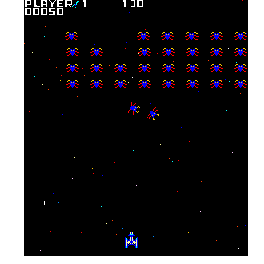Write 8-bit code in your browser.
Ever wanted to be an old-school game programmer?
Learn how classic game hardware worked.
Write code and see it run instantly.

Ever wanted to be an old-school game programmer?
Learn how classic game hardware worked.
Write code and see it run instantly.

Learn how to program the Atari 2600 with dozens of fully commented examples. Our 6502 assembler runs as you type and flags any errors. We've got debugging tools too; single step through your code and use our CPU Cycle Analyzer to develop that perfect Stella kernel.

You can develop your own games on classic arcade game hardware, using our in-browser C compiler targeting the Z80 CPU.
Platforms include
VIC Dual,
Midway 8080,
Galaxian/Scramble,
Atari Vector,
and
Williams.

The Atari 2600 was released in 1977, and now there's finally a book about how to write games for it! You'll learn about the 6502 CPU, NTSC frames, scanlines, cycle counting, players, missiles, collisions, procedural generation, pseudo-3D, and more. While using the manual, take advantage of our Web-based IDE to write 6502 assembly code, and see your code run instantly in the browser. We'll cover the same programming tricks that master programmers used to make classic games. Create your own graphics and sound, and share your games with friends!
With this book, you'll learn all about the hardware of Golden Age 8-bit arcade games produced in the late 1970s to early 1980s. We'll learn how to use the C programming language to write code for the Z80 CPU. The following arcade platforms are covered: * Midway 8080 (Space Invaders) * VIC Dual (Carnival) * Galaxian/Scramble (Namco) * Atari Color Vector * Williams (Defender, Robotron) We'll describe how to create video and sound for each platform. Use the online 8bitworkshop IDE to compile your C programs and play them right in the browser!
In 1977, the Atari 2600 popularized the idea of programmable video game consoles. Its 6502 CPU and mere 128 bytes of RAM powered hundreds of classic games. Fiendishly difficult to program, developers learned plenty of tricks for "racing the beam" to generate displays far beyond what its designers believed possible.
The VIC Dual system was one of the first CPU-based arcade platforms from Gremlin Industries, later acquired by Sega. It used a Z80 CPU and a character-based display with simple RGB colors. "Carnival" is probably the best-remembered game on this platform.
The Midway 8080 system powered Gun Fight, the first CPU-based arcade game. Later, it would also run the immensely popular Space Invaders. It used a Z80 and a simple black-and-white frame buffer backed by 7 KB of RAM, a huge amount for the time.



Galaxian pushed the limit of video game designs in 1979, with a 3 MHz Z80 and RGB color graphics with hardware sprites overlapping a scrolling background. This hardware was licensed for many classics like Scramble and Frogger.
Atari's black-and-white vector games like Lunar Lander and Asteroids took the industry by storm, later leading to color vector games like Tempest. Powered by a 6502 CPU and custom state machine, they could draw points and lines at a resolution far beyond the CRT-based games of the era.
The Williams games like Defender, Robotron, and Joust were powered by plenty of hardware. A 36 KB framebuffer gave it 16-color graphics, and a custom bit blitter chip moved pixels around quickly. A separate CPU powered its unique sound effects.


